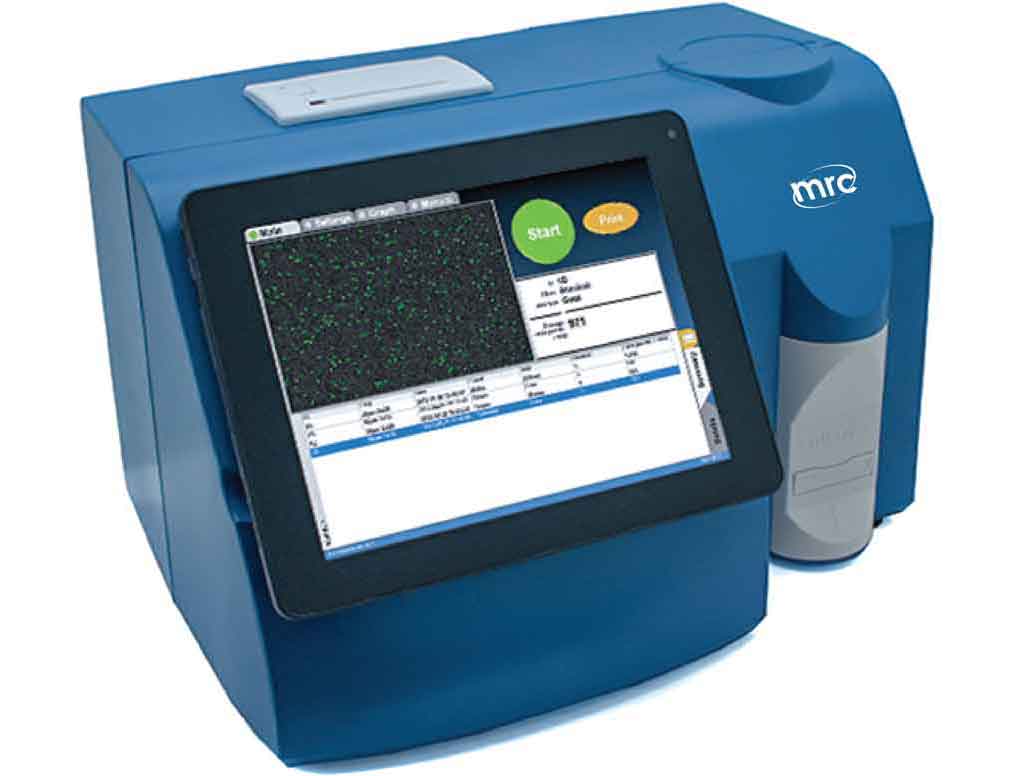A somatic cell counter is a laboratory instrument used to count the number of somatic cells in a given sample. Somatic cells are any cells in an organism's body that are not involved in reproduction, meaning they are not germ cells (sperm or egg cells). In the context of somatic cell counting, the term is often used to refer to white blood cells, particularly in milk quality analysis.
Applications of somatic cell counter
Somatic cell counters are primarily used in the dairy industry, specifically in milk quality testing. The number of somatic cells in milk is an important indicator of the milk's quality and the health of the dairy animals. Elevated somatic cell counts can be indicative of infections in the udder, such as mastitis, which can affect milk production and quality. Monitoring somatic cell counts helps dairy farmers detect and manage these infections.
How It Works
Somatic cell counters use specialized techniques to count the cells in a sample. The most common method is based on the principle of flow cytometry, which involves passing the sample through a flow cytometer—a device that can measure various physical and chemical properties of cells as they pass through a laser beam.

Here's how the process typically works:
Sample Preparation: A milk sample is collected from a dairy animal. This sample is usually diluted to ensure that the cells are spread out and not clumped together, which could affect the accuracy of the count.
Staining: The diluted sample is treated with a fluorescent dye that binds to the DNA in the cells. This dye makes it easier for the flow cytometer to distinguish individual cells.
Flow Cytometry: The stained sample is introduced into the flow cytometer. As cells pass through the laser beam, they scatter the laser light. This scattering is detected and recorded by sensors. Additionally, the fluorescent dye emits light when excited by the laser, and this fluorescence is also detected.
Data Analysis: The flow cytometer records the scattering and fluorescence data for each cell. The instrument's software analyzes this data to differentiate between cell types based on their size, shape, and fluorescence. The software then generates a count of the somatic cells in the sample.
Results: The somatic cell count is presented as the number of cells per unit volume of milk (typically cells per milliliter). Dairy farmers can use this count to assess the health of their animals and make decisions regarding herd management and milk quality control.
Somatic cell counters play a crucial role in ensuring milk quality and animal health in the dairy industry. By accurately quantifying somatic cell counts, farmers can identify potential issues early and take appropriate measures to maintain both the welfare of their animals and the quality of their products.